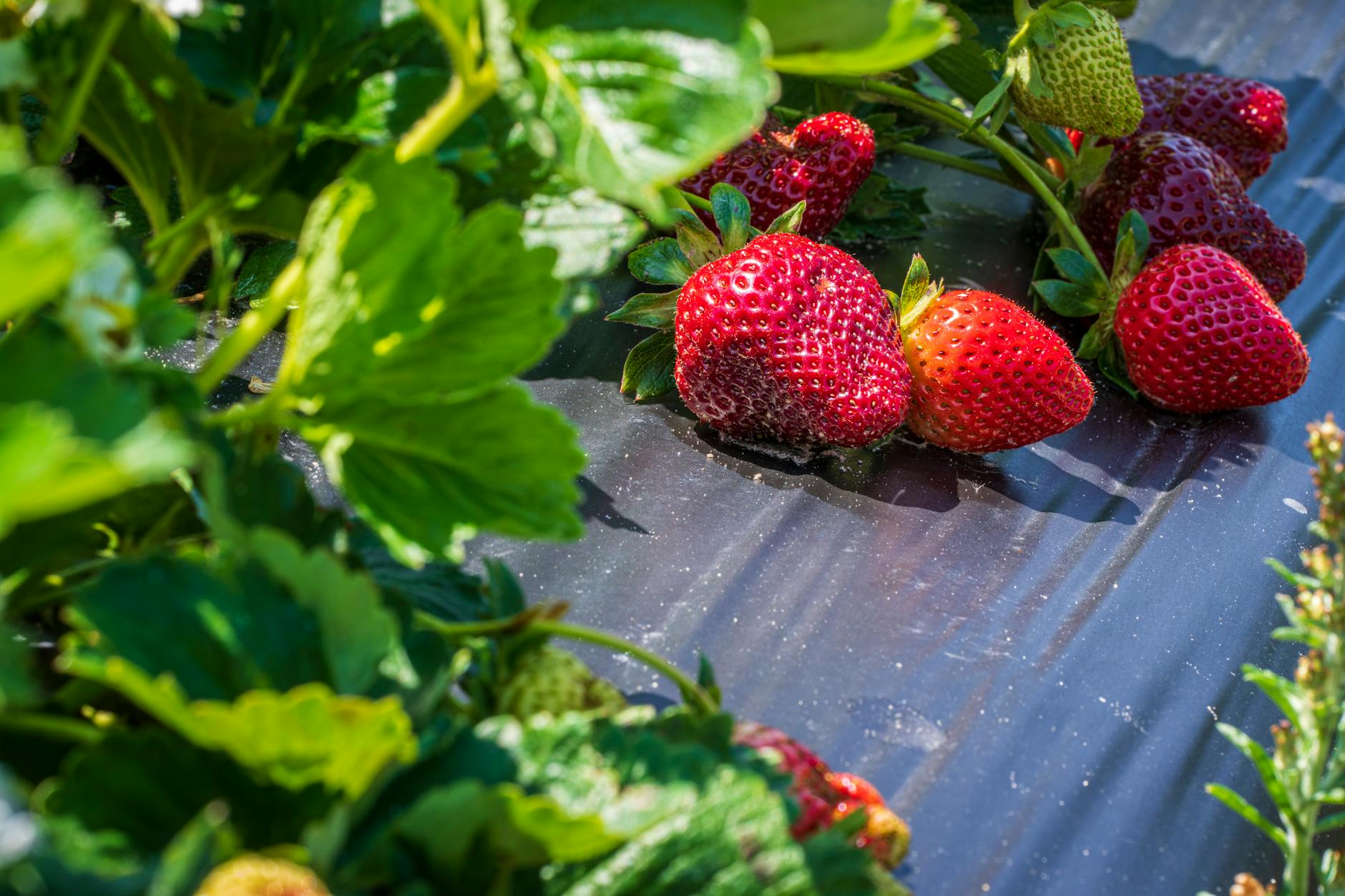Mushroom Growth: Essential pH Management Strategies
Mushrooms are a unique and versatile crop that requires specific conditions for successful cultivation. One crucial factor that significantly impacts mushroom growth is pH levels in the growing medium. In this article, we will explore the importance of pH management in mushroom cultivation and discuss essential strategies to optimize pH levels for robust mushroom growth.
Understanding pH in Mushroom Cultivation
pH, which stands for “potential of hydrogen,” is a measure of the acidity or alkalinity of a solution. The pH scale ranges from 0 to 14, with a pH of 7 considered neutral. Mushrooms thrive in slightly acidic to neutral pH conditions, typically ranging between 5.5 and 7.5. Maintaining the optimal pH level is crucial for the absorption of nutrients by the mushrooms and the prevention of microbial contamination.
Impact of pH on Mushroom Growth
The pH of the growing medium directly affects the availability of essential nutrients to the mushrooms. When pH levels are too low (acidic) or too high (alkaline), nutrient uptake may be impaired, leading to stunted growth and reduced yields. Additionally, extreme pH levels can create an inhospitable environment for beneficial microorganisms while favoring the growth of harmful pathogens.
Essential pH Management Strategies for Mushroom Cultivation
1. pH Testing and Monitoring: Regularly testing the pH of the growing medium is essential to ensure that it falls within the optimal range for mushroom growth. Use a reliable pH meter or testing kit to monitor pH levels accurately.
2. pH Adjustment: If the pH deviates from the desired range, corrective measures must be taken to restore optimal conditions. Common pH adjustment methods include the addition of acidic or alkaline amendments such as lime, sulfur, or commercial pH adjusting products.
3. Organic pH Modifiers: Utilize organic materials such as agricultural lime, gypsum, or compost to naturally adjust pH levels in the growing medium. These organic pH modifiers not only help maintain the ideal pH range but also contribute to soil fertility and microbial activity.
4. Water Quality Management: Water used for irrigation can impact the pH of the growing medium. Ensure that the water source has a suitable pH level or consider using pH-adjusted water to maintain consistency in the growing environment.
5. Microbial Balance: Beneficial microorganisms play a vital role in maintaining pH balance and nutrient availability in the soil. Implementing organic soil amendments and compost teas can help promote a healthy microbial community, which in turn supports optimal pH conditions for mushroom growth.
In conclusion, effective pH management is essential for successful mushroom cultivation. By understanding the impact of pH on mushroom growth and implementing proper pH management strategies, growers can create a conducive environment for robust mushroom development and high yields. Remember to regularly monitor pH levels, make necessary adjustments, and promote a balanced soil ecosystem to support healthy mushroom growth.


